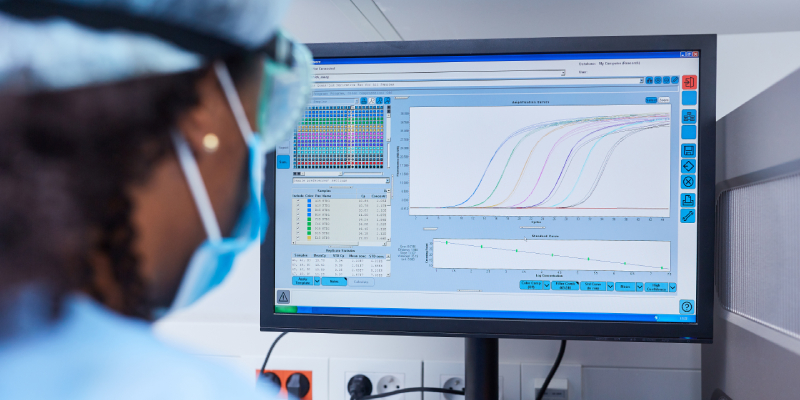
There was no significant difference in overall survival (OS) in younger patients with adverse risk acute myeloid leukemia (AML) or myelodysplastic syndromes (MDS) who received CPX-351 or fludarabine, cytarabine, idarubicin, and granulocyte colony-stimulating factor (FLAG-Ida), according to a recent study.
Jad Othman, MBBS, of Guy’s and St. Thomas’ National Health System Foundation Trust, and colleagues conducted the research and published their findings in Blood Advances.
They conducted the study because CPX-351 has been shown to improve OS over 7+3 chemotherapy in older patients who have secondary AML, but there have not been any randomized studies to date in younger patients. Due to this, Dr. Othman and colleagues compared CPX-351 with FLAG-Ida in 189 younger adults who had newly diagnosed adverse cytogenetic AML or high-risk MDS.
The median patient age was 56 years. Nearly half (49%) of patients had de novo AML, while 20% had secondary AML, and 30% had high-risk MDS. Around three-quarters (73%) of patients had MDS-related cytogenetics, while 49% had a complex karyotype, 44% had myelodysplasia-related gene mutations, and 43% had TP53 mutations.
The overall response rate following the second course of treatment was 64% in patients receiving CPX-351 and 76% in those receiving FLAG-Ida (odds ratio, 0.54; 95% CI, 0.28-1.04; P=.06). The median OS was 13.3 months in patients receiving CPX-351, while it was 11.4 months in those receiving FLAG-Ida (hazard ratio [HR], 0.78; 95% CI, 0.55-1.12; P=.17). There was no difference in event-free survival between the groups in a multivariable analysis (HR, 0.90; 95% CI, 0.64-1.27; P=.55).
However, relapse-free survival (RFS) was significantly longer in patients who received CPX-351. The median RFS was 22.1 months in those receiving CPX-351 compared with 8.3 months in those who received FLAG-Ida (HR, 0.58; 95% CI, 0.36-0.95; P=.03).
The study’s investigators found no difference between treatment arms in patients who had clinically defined secondary AML (HR, 1.1; 95% CI, 0.52-2.30) nor in those with MDS-related cytogenetic abnormalities (HR, 0.94; 95% CI, 0.63-1.4). However, an exploratory subgroup of patients who had MDS-related gene mutations and received CPX-351 had an OS of 38.4 months, significantly longer than the median OS of 16.3 months in patients who had MDS-related gene mutations and received FLAG-Ida (HR, 0.42; 95% CI, 0.21-0.84; heterogeneity P=.05).
“In conclusion, OS in younger patients with adverse risk AML/MDS was not significantly different between CPX-351 and FLAG-Ida,” the study’s authors wrote.
Reference
Othman J, Wilhelm-Benartzi CS, Dillon R, et al. A randomised comparison of CPX-351 and FLAG-Ida in adverse karyotype AML and high-risk MDS: the UK NCRI AML19 trial. Blood Adv. 2023. doi:10.1182/bloodadvances.2023010276






 © 2025 Mashup Media, LLC, a Formedics Property. All Rights Reserved.
© 2025 Mashup Media, LLC, a Formedics Property. All Rights Reserved.